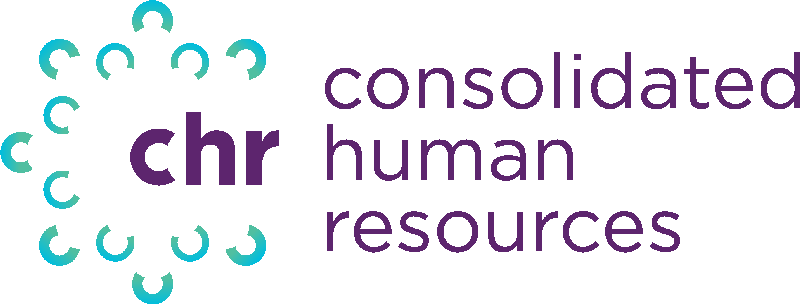What is Workplace Bullying?
Sad to say, many people are victims or witnesses to workplace bullying. As defined by SHRM, workplace bullying is “repeated, health-harming mistreatment of one or more people by one or more perpetrators.” This persistent, pervasive, inappropriate behavior—direct or indirect—falls into several categories.
What is workplace bullying behavior?
- Threats, intimidation, or humiliation
- Verbal abuse such as slander, ridicule, or maligning a coworker or coworker’s family; sabotaging another’s work
- Gaslighting (psychological trickery that distorts reality, to cause self-doubt or confusion in the other person)
- Social or physical exclusion from workplace activities
- Nonverbal, menacing gestures
- Physical assault (pushing, kicking, shoving, tripping), sexual assault or harassment, or damage to the person’s property or workspace
- Misleading an employee about a project deadline
- Refusing or making it difficult for time off/vacation requests
- Mistreatment during performance reviews
- Setting unrealistic goals
- Work sabotage – others taking credit for victim’s work.
Most employers do not realize the potential cost surrounding a hostile work environment where discrimination, workplace bullying or harassment persist.
Financial impact:
- Creation of psychological and mental torment for victims
- Overall cost to employer:
- Lower productivity
- Loss of sales
- Lower morale
- Reputation damage
- Employee turnover
- Rehiring and training costs
- Health care costs:
- Sick leave and insurance costs:
- High stress situations impact health of employees which result in medical issues such as high blood pressure, depression, migraines, anxiety.
- Higher costs for retraining the Bully: rehabilitation, counseling fees, anger management training, leadership training, sensitivity training.
- Sick leave and insurance costs:
Legal ramifications:
- Employer liability for hostile work environment resulting in increased workers’ compensation claims.
- Employers who do nothing risk being sued and paying significant damages!
- Employers should take a stance on workplace bullying which can help retain top talent, improve morale, and increase productivity.
Employer best practices regarding workplace bullying
1 – Create a detailed anti-bullying policy
Employers are responsible, ultimately, for creating a non-hostile work environment free of discrimination or harassment of any kind. Therefore, companies are strongly advised to put a policy in place against discrimination, workplace bullying and harassment. Include it in the employee handbook under the umbrella of anti-discrimination and anti-harassment rules.
2 – Have a code of ethics and behavior expectations
Have a corporate code of ethics declaring the company’s commitment to diversity and creating a safe workplace for all. Be very clear about the expectation that all employees will be treated with dignity and respect, and that there will be repercussions to anyone who violates this anti-bullying policy.
3 – Make reporting procedures and harassment consequences clear to all
Implement a reporting procedure for victims or witnesses of bullying or harassing behaviors. This includes to whom they report, a statement of confidentiality, and assurance there will be no retaliation for coming forward. Inform employees that the company will fully investigate the complaint (the EEOC has issued approved investigation review questions to use), and the actions to be taken to investigate and combat any kind of workplace harassment and discrimination. Be sure employees understand the corrective actions the company will take and the disciplinary repercussions to them if found to be engaging in bullying behavior at work.
4 – Conduct employee training
Hold in-house training sessions periodically as a further step toward clearly defining workplace bullying. These can be via video or live sessions. Make sure managers recognize the various aspects of what constitutes harassment and the prohibited behaviors so they can be responsible representatives of your company.
DID YOU KNOW? A supervisor can be disciplined for not reporting prohibited behavior or acting on it; this can include termination of the supervisor’s employment.
5 – Get employee signatures
Have employees sign off on all documents related to your workplace bullying policy. The signed document, noting the employee has read and understands the policy, should go into each worker’s personnel file.
This will provide a form of defense if an employee makes an allegation or an EEOC complaint is filed. It shows employees have been instructed and trained regarding your anti-harassment policy and demonstrates the company’s commitment to foster a non-hostile work environment. The perpetrator will be unable to claim “I didn’t know it was against company policy.” Plus, by all employees adhering to the Company’s well-established policies and practices of preventing harassment and bullying, fewer complaints will be filed with the EEOC for relief.
DID YOU KNOW? The employer could be liable for instances of bullying and/or harassment arising from anyone coming onto the premises such as vendors, sales people, clients, customers, etc. Employers must not ignore incidents of bullying or harassment by anyone on the premises.
Digital workplace bullying
Today’s workplace often includes digital media activity, from group chats to company pages to text messages. Although this depends on specific situations, you may want to create a policy against defaming, harassing, or manipulating coworkers on digital media anytime, to avoid workplace-related hostility and harassing behaviors.
Contact CHR
Workplace bullying is serious and can harm not only your employees but your company. If you need guidance to update your policy and procedures associated with this hostile behavior, contact us to discuss this critical HR compliance matter.




